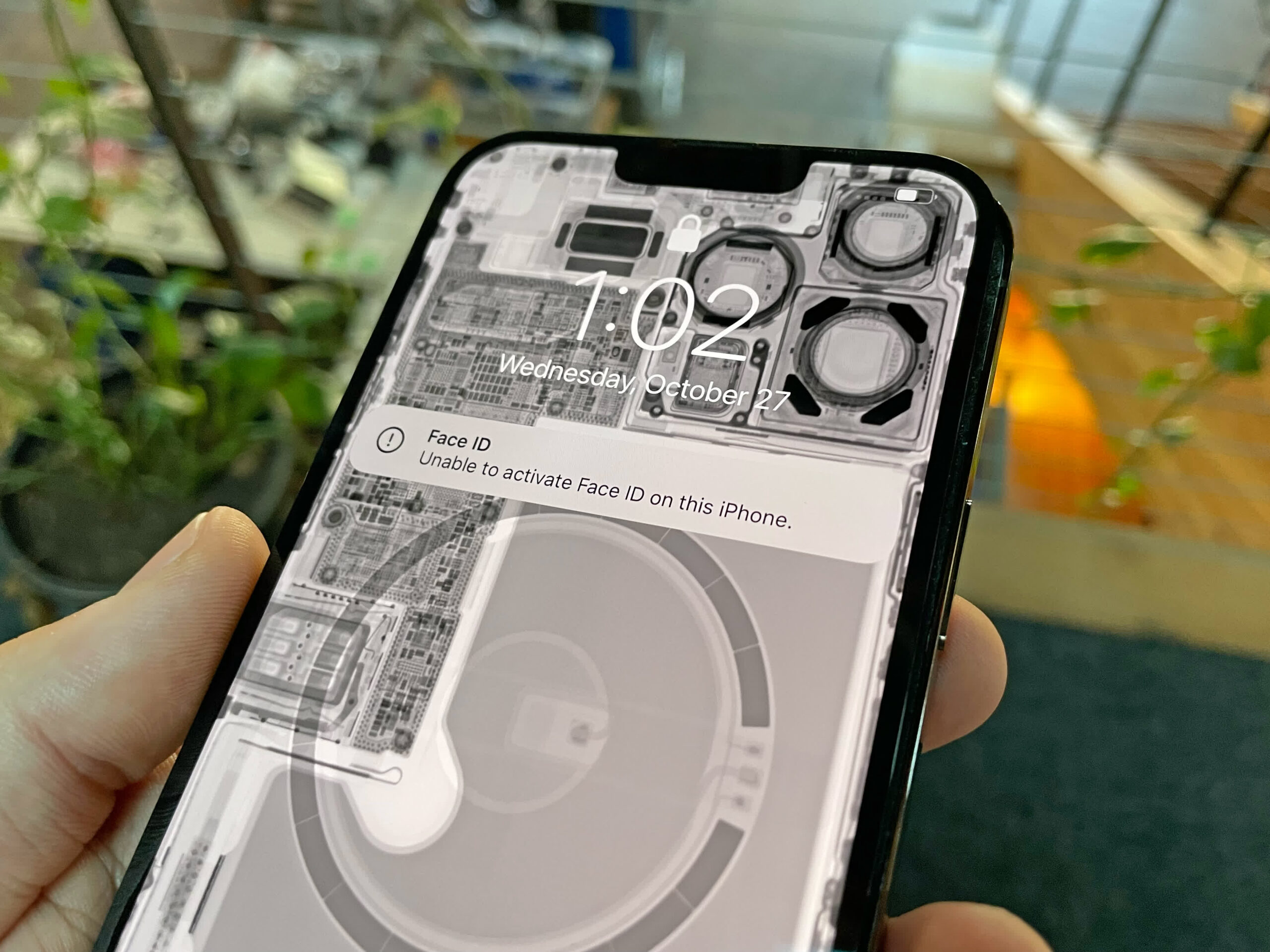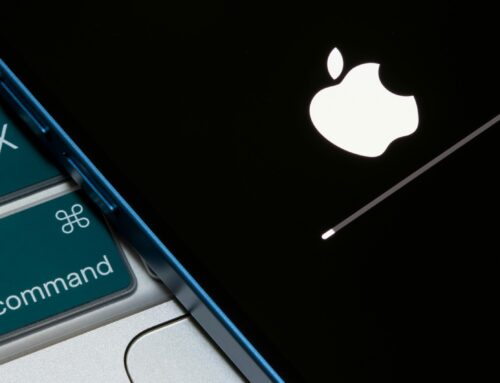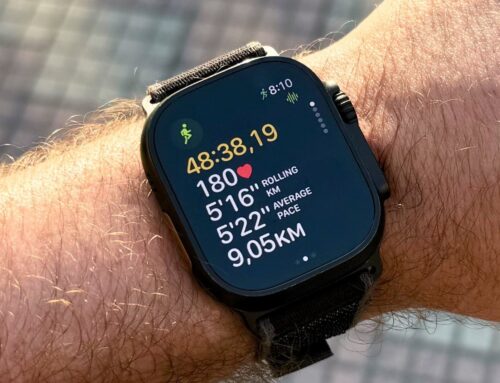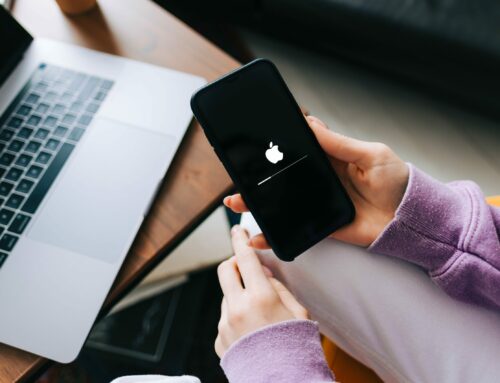In brief: Most people buying an iPhone 13 likely aren’t aware of the fact that Apple has made it more difficult to repair through independent repair shops. When it comes to the screen, choosing to repair it more cheaply now comes at the cost of losing Face ID functionality, and Apple has yet to explain the reasons behind the change.
Back in September, we learned that replacing your iPhone 13 display will render Face ID unusable, unless you choose to send it back to Apple for repairs, which can get quite expensive.
iFixit took a closer look at Apple’s newest iPhone and confirmed that if you decide to replace your iPhone 13 screen through a third-party repair shop, Face ID will indeed stop working. The company calls this change a “dark day for fixers, both DIY and professional.”
According to the analysis, Apple made it so you’ll need a microscope and several fine tools in order to complete one of the most common phone repair procedures, which has traditionally only required hand tools. If you own a small repair shop, you’ll likely need to purchase new equipment to stay in business. And if you’re simply someone who likes to repair your devices when they break, this change means you’ll be forced to go to Apple if you still want to be able to unlock your iPhone with Face ID.
The problem stems from the fact that every iPhone 13 is paired to its screen using a small microcontroller, which effectively ties the part to the device. Tech repair specialists call this practice “serialization,” but this practice alone isn’t what angers them. The worrying aspect is that in order to perform a screen repair on the new iPhone, authorized technicians will have to get access to the Apple Services Toolkit 2 as well as proprietary software needed to sync the serial numbers of the replacement part and the damaged iPhone.
As noted by iFixit, this gives Apple “the ability to approve or deny each individual repair.” Repair shops can theoretically join the company’s Independent Repair Program, but that effectively means giving up their customers’ privacy in the process. Another option would be to use a recently discovered workaround, but that’s a rather complicated process that involves transplanting the tiny microcontroller from the old, damaged screen onto the new one.
As of writing, Apple has yet to publicly comment on the reasons behind the change. Those who advocate for the right to repair devices you own scored a win last month thanks to the US Copyright Office, but we’re still a long way from true reform.







